Navigating the ‘Store to Web to Store’ landscape
The retail industry has always been akin to a living organism, continually evolving with consumer preferences and technological advancements. The metamorphosis from brick-and-mortar stores to e-commerce platforms was significant, yet the journey doesn’t end there. The buzz around ‘Store to Web to Store’ echoes the sector’s new mantra: unified commerce.
Embracing the phygital realm
The term ‘phygital’ blends the physical with the digital, embodying the essence of unified commerce. It’s about creating a continuum where consumers can transition seamlessly between online and in-store shopping experiences. This approach has gained traction, especially with the resurgence of local shopping and the quest for authentic brand interactions.
Adopting unified commerce technology is a priority for retail enterprises in 2023 to meet customer demands, streamline operations, and ensure a unified experience across all brand engagement points2
The omnichannel customer journey
The modern shopper’s journey is far from linear. They might discover a product online, test it in-store, and finally make a purchase via a mobile app. Each touchpoint—whether in-store, online, or in-app—should echo the same brand narrative, price, and loyalty points.
A 2023 study shows that retailers implementing a robust omnichannel strategy witnessed a 17% increase in customer retention rate and a 21% rise in year-over-year growth compared to those with siloed channels.
Despite understanding the importance of unified commerce, only 3% of retailers provide a ‘truly unified experience’, and 33% lack the capability to build single views of their customers across channels3.
Payments: the omnichannel catalyst
Payment systems are the lifeblood of a seamless phygital experience. By consolidating payment data across channels, retailers can glean actionable insights into consumer behavior, preferences, and purchasing patterns. This data-driven approach aids in tailoring offers, managing inventory, and enhancing overall customer satisfaction.
Some real-world scenarios showcasing the potential of unified commerce include:
- ‘Click and collect’ services where customers order online and pick up in-store.
- Offering e-receipts post in-store purchases, simplifying the returns process.
- Enabling real-time inventory visibility both in-store and online, mitigating stock-out situations.
Implementing a global payment orchestration
A singular platform that manages payments and refunds worldwide simplifies reconciliation and eases the workload on reporting and finance teams. Moreover, it facilitates recurring payments with real-time account updates, an essential feature in the subscription-based economy.
Wrapping up: your move towards Unified Commerce
Embarking on the omnichannel journey requires a holistic vision, yet the return on investment is palpable. As the retail landscape continues to morph, staying ahead necessitates embracing unified commerce, with a robust payment orchestration system as its cornerstone.
Eager to discover more payment innovations? Dive into our #PayDecoding library for a wealth of insights awaiting you!




